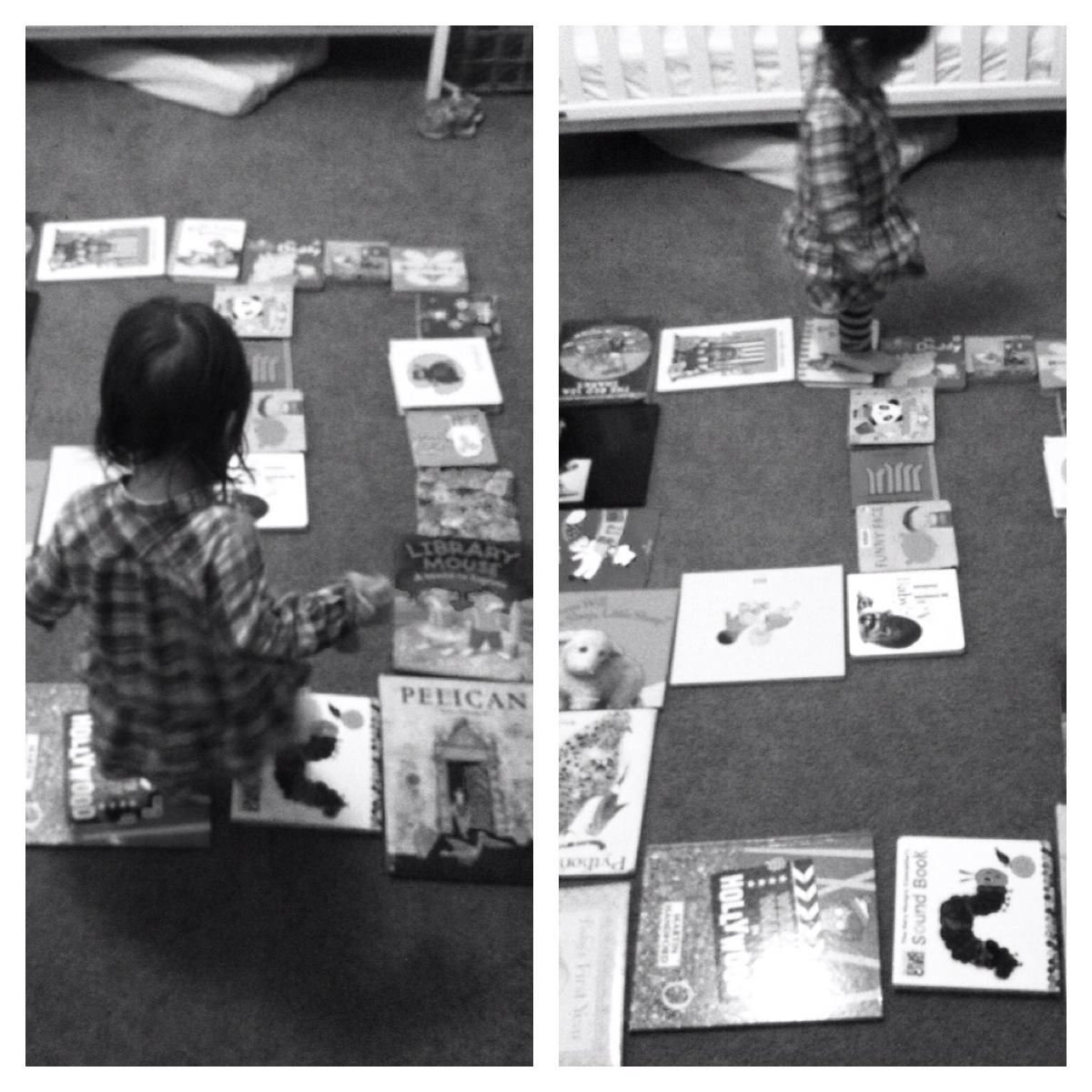¡Hola amigos!
Hace poquito tuve la fortuna de ser entrevistada para My Bilingual Child Corner. Es un recurso increíble en cuanto a la crianza bilingüe sobretodo si estás tratando de que tu peque aprenda inglés como lengua objetivo.
Me encantó platicar con María en esta entrevista porque hablamos sobre mi proceso creativo a la hora de escribir libro y un poco de lo que me mueve a contar e ilustrar historias para los pequeñines.
¡Espero que les guste! 🙂
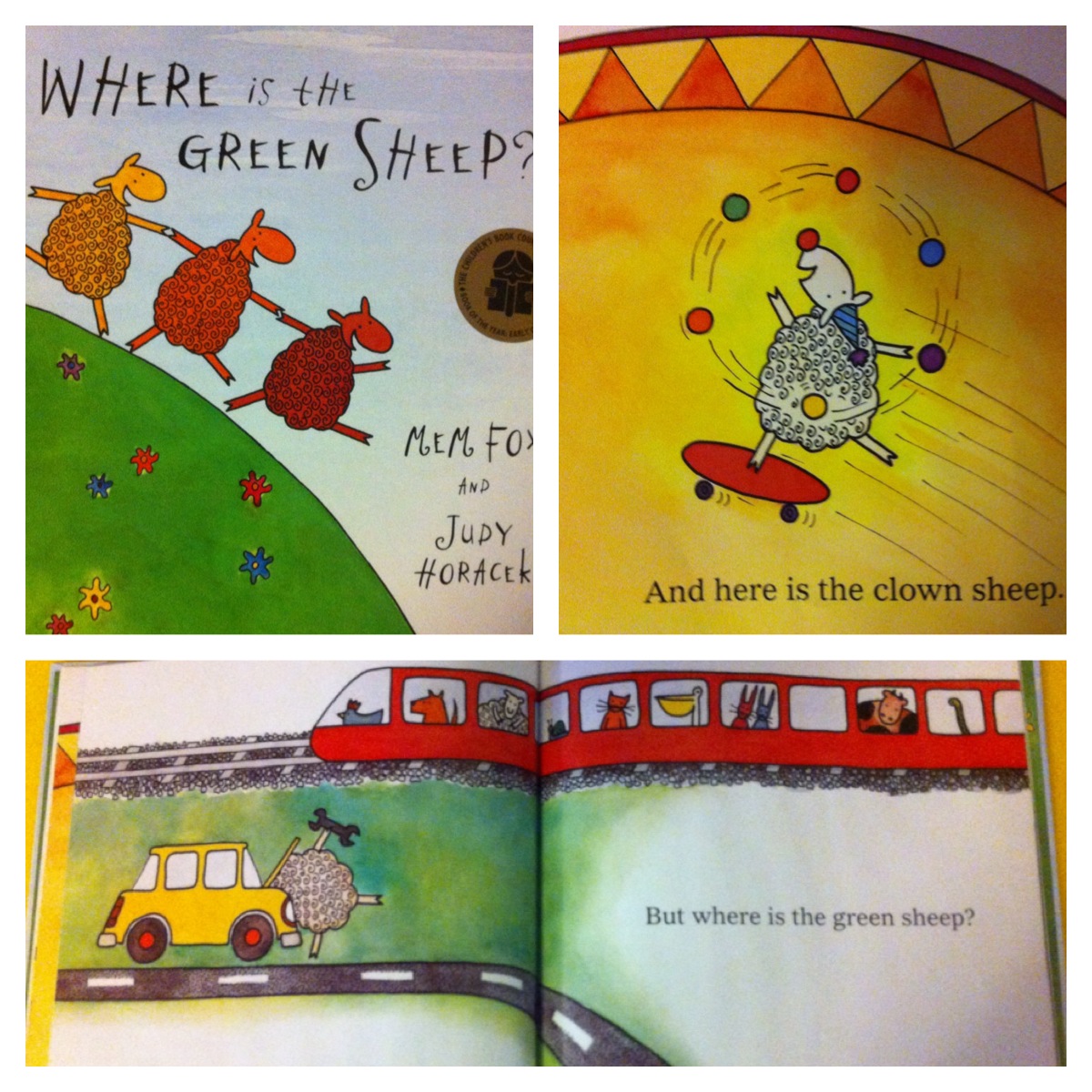
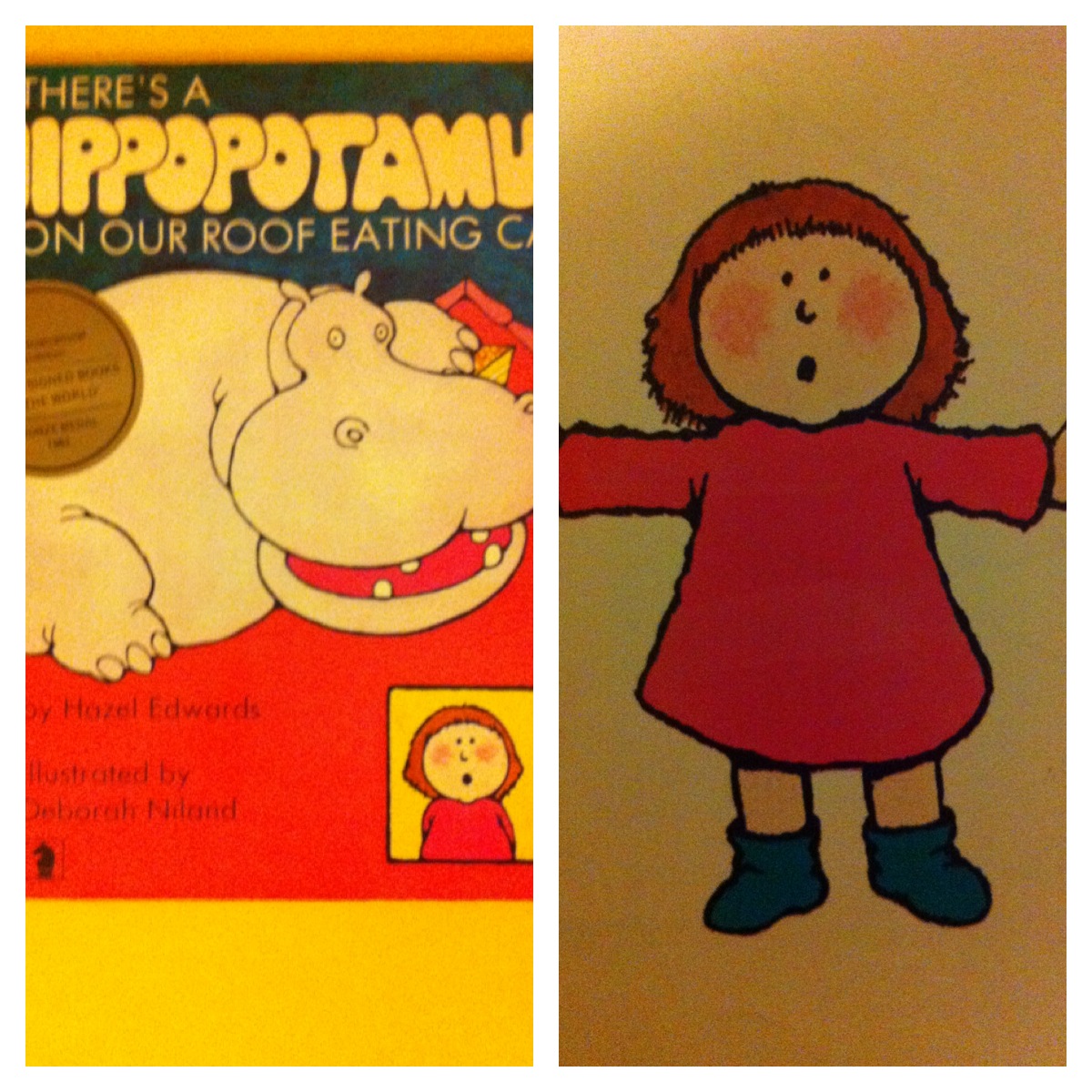
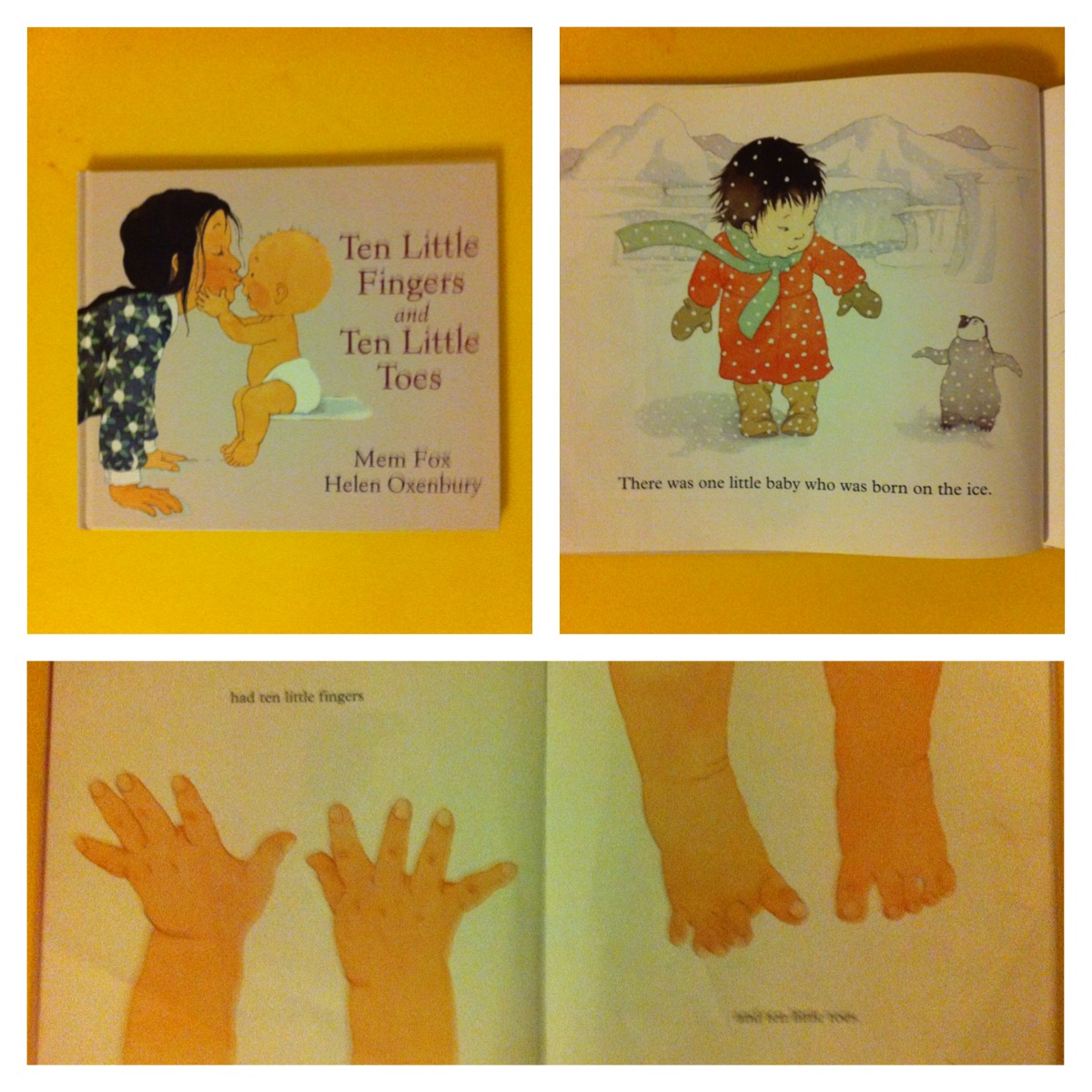

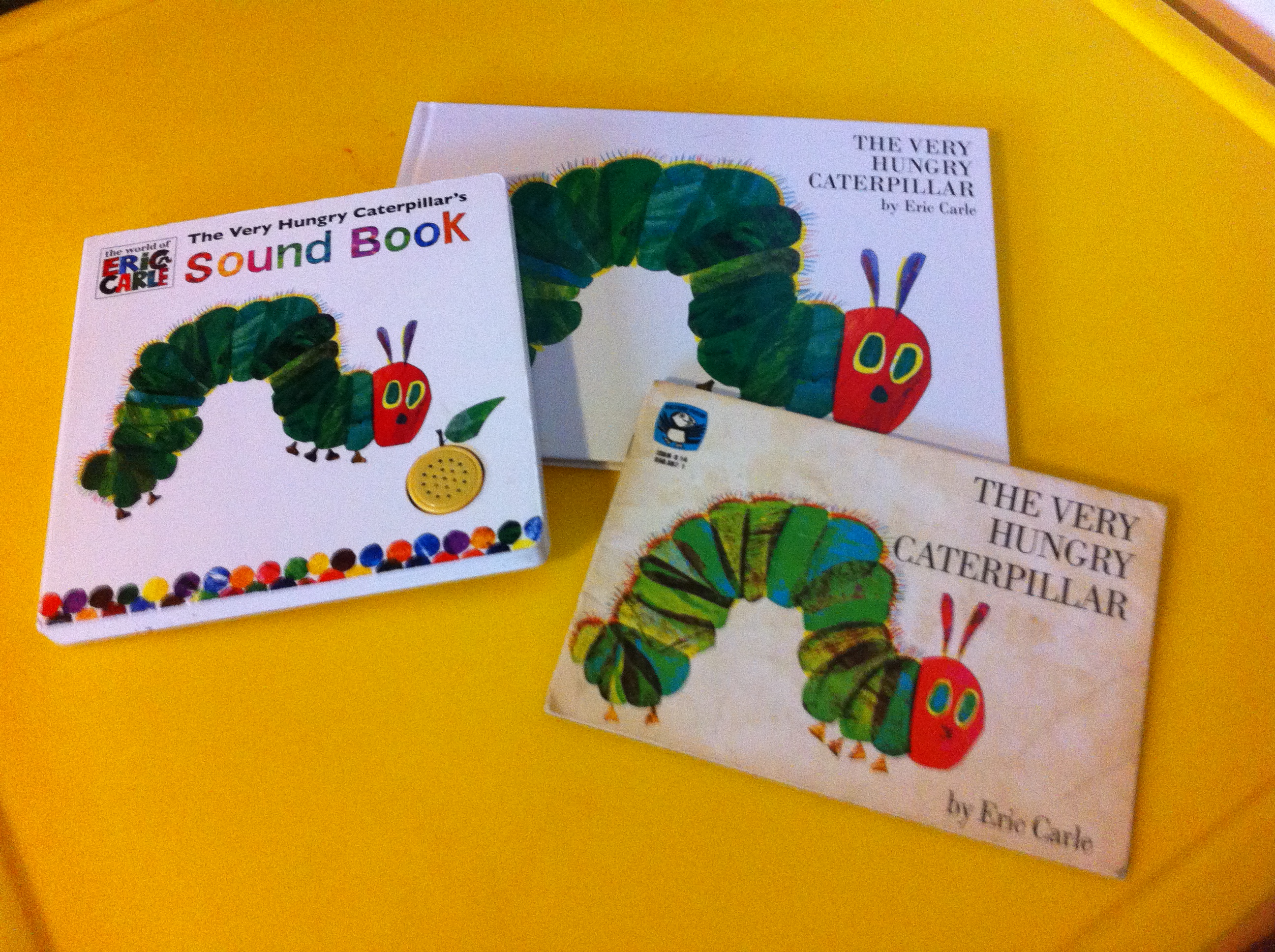
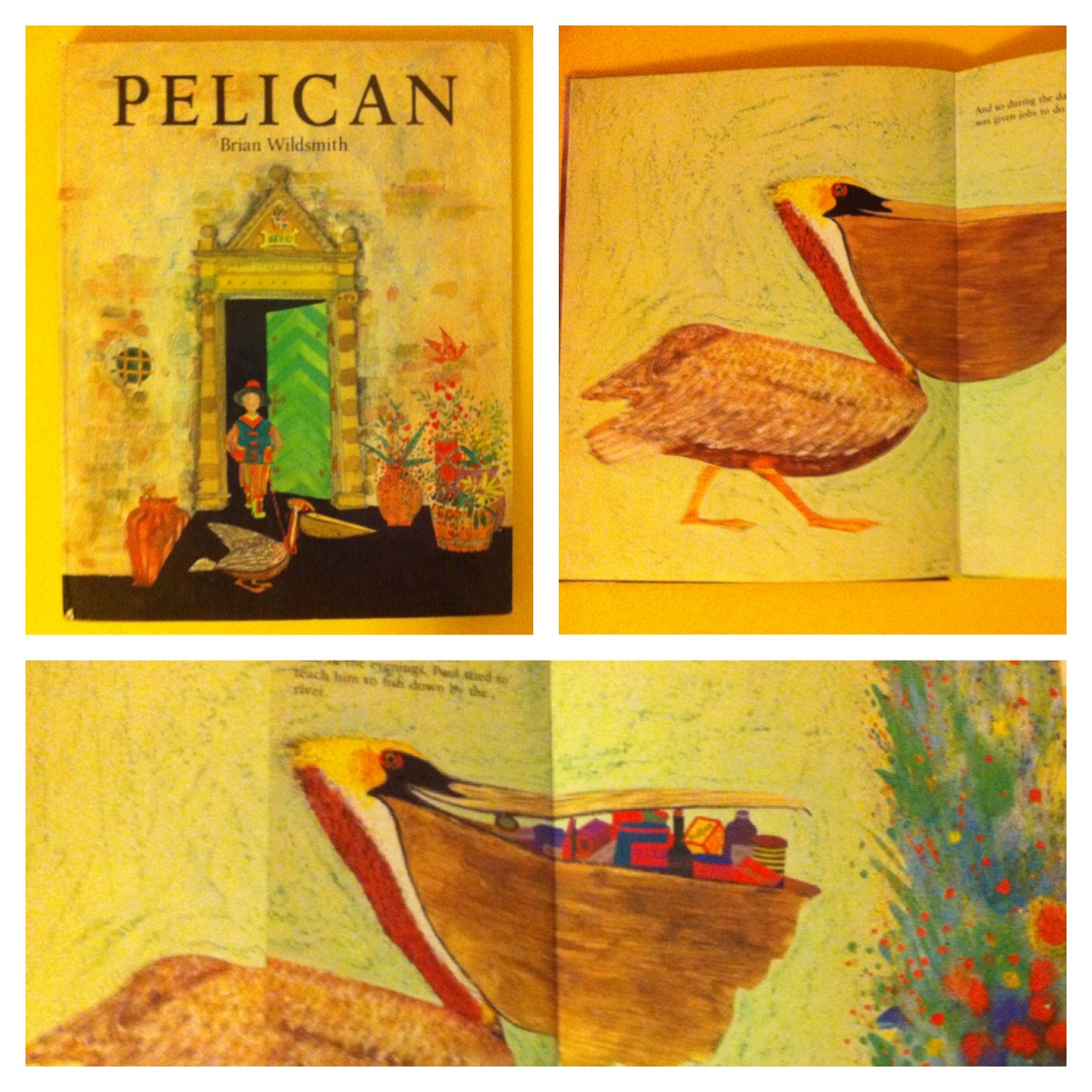
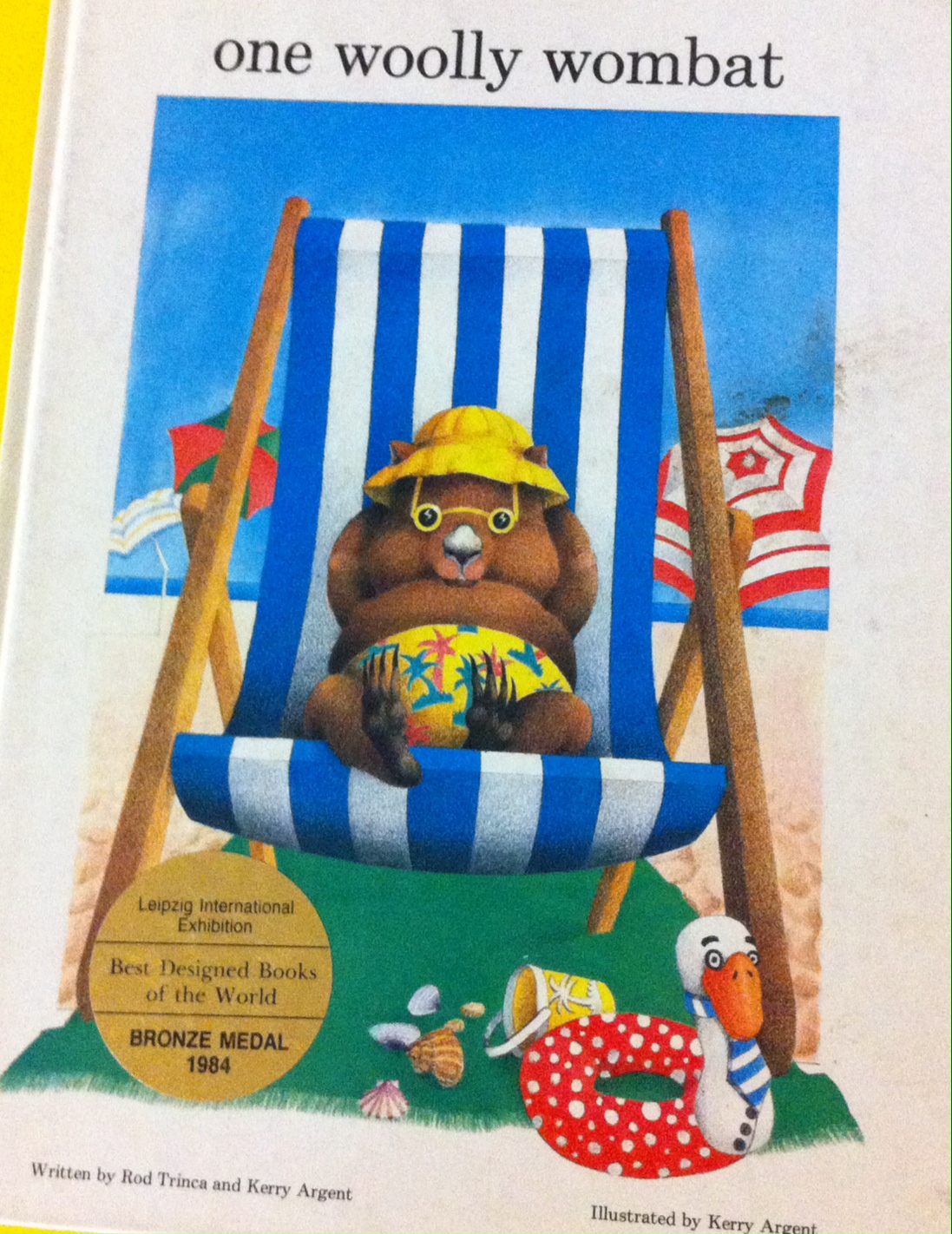
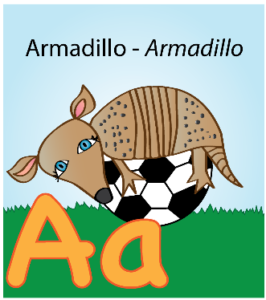
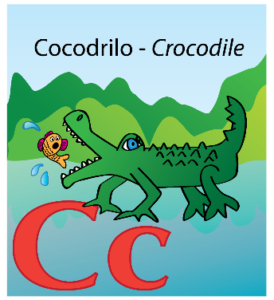
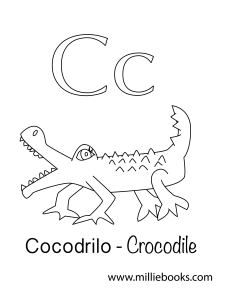 Por varias semanas estuve pensando en qué animales y qué letras eran iguales en español y en inglés hasta que finalmente tuve una lista. Aquí es donde me impuse el pequeño reto de postear una letra cada día durante febrero. Ahora que se acaba el mes, solo quería poner todo el abecedario en donde puedas encontrar fácilmente una versión para imprimir cuando la necesites.
Por varias semanas estuve pensando en qué animales y qué letras eran iguales en español y en inglés hasta que finalmente tuve una lista. Aquí es donde me impuse el pequeño reto de postear una letra cada día durante febrero. Ahora que se acaba el mes, solo quería poner todo el abecedario en donde puedas encontrar fácilmente una versión para imprimir cuando la necesites.